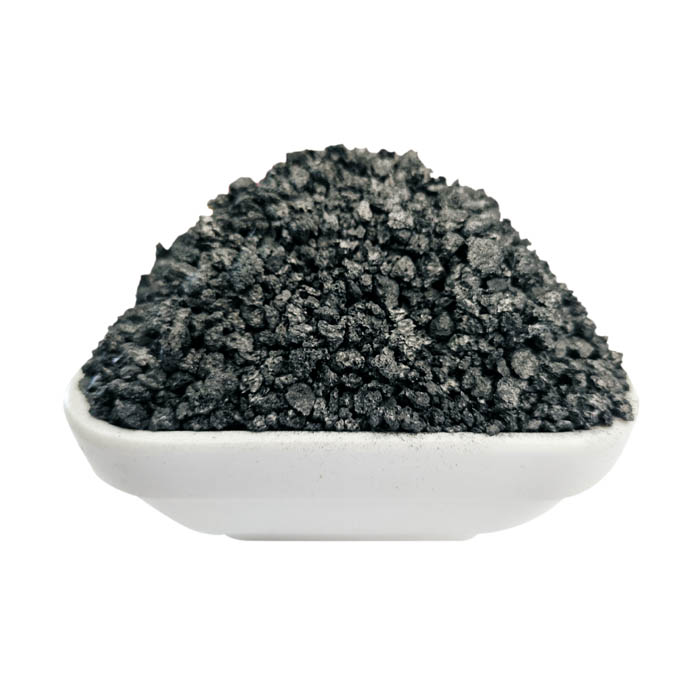Aug . 20, 2024 22:37 Back to list
Choosing the Right Insulation Materials for HVAC Hard Piping Systems
The Importance of Hard Pipe Insulation in HVAC Systems
In the realm of HVAC (Heating, Ventilation, and Air Conditioning) systems, the efficiency and performance are vital for maintaining comfortable indoor environments and managing energy costs. One often overlooked yet crucial aspect of these systems is the insulation of hard pipes. Proper insulation not only enhances energy efficiency but also plays a significant role in the longevity and reliability of HVAC equipment.
Types of Hard Pipe Insulation Materials
There are several materials commonly used for hard pipe insulation, each with its own set of advantages. The most prevalent materials include fiberglass, foam rubber, and mineral wool.
1. Fiberglass Insulation This is one of the most popular choices for insulating pipes due to its excellent thermal performance and resistance to moisture. Fiberglass insulation is available in pre-formed tubes and can be easily fitted around pipes of various diameters. It typically features a foil or reflective jacket that aids in reducing heat loss.
2. Foam Rubber Insulation This material is known for its flexibility and ease of installation. Foam rubber is available in various thicknesses and sizes, allowing for a snug fit around different pipe diameters. It effectively reduces heat transfer and is particularly useful in hot and cold water pipes.
3. Mineral Wool Insulation This type is more robust and offers fire resistance, making it suitable for industrial applications or areas where high temperatures are a concern. Mineral wool can withstand extreme temperatures and is also resistant to moisture, preventing mildew and mold growth, ensuring both safety and hygiene in HVAC systems.
Benefits of Hard Pipe Insulation
The insulation of hard pipes within HVAC systems offers numerous benefits that go beyond mere energy savings
. Here are some significant advantageshvac hard pipe insulation material

1. Energy Efficiency Insulated pipes reduce heat loss or gain during the transport of hot or cold fluids. This results in less energy being required to maintain desired temperatures, leading to lower utility bills and a reduced carbon footprint.
2. Condensation Control Uninsulated pipes, especially those carrying cold water, can lead to condensation build-up, which can result in water damage and mold growth. Proper insulation keeps the pipe surface at a consistent temperature, minimizing the risk of condensation.
3. Noise Reduction Hard pipes can create noise when liquids flow through them, especially in commercial settings. Insulation can dampen these sounds, resulting in a quieter environment, which is particularly beneficial in residential and office spaces.
4. Safety Insulated pipes reduce the risk of burns from hot pipes and protect against freezing in colder climates. This added layer of safety is crucial for both residential and commercial environments.
Installation Considerations
When installing hard pipe insulation, it is essential to consider the following
- Pipe Diameter Choose an insulation product that fits snugly around the pipe without leaving gaps. - Material Compatibility Ensure the selected insulation material is compatible with the type of pipes being insulated (e.g., copper, PVC). - Climate Consider the environmental conditions where the HVAC system operates to choose the most effective insulation material.
In conclusion, hard pipe insulation is an indispensable component of effective HVAC systems. The choice of material and proper installation plays a critical role in energy efficiency, safety, and system longevity. By investing in quality insulation, homeowners and businesses can ensure optimal performance and comfort, while also contributing to a more sustainable future. As HVAC technology continues to evolve, maintaining focus on insulation will remain imperative in optimizing system efficiency and enhancing overall indoor air quality.
-
Eco-Friendly Granule Covering Agent | Dust & Caking Control
NewsAug.06,2025
-
Fe-C Composite Pellets for BOF: High-Efficiency & Cost-Saving
NewsAug.05,2025
-
Premium Tundish Covering Agents Exporters | High Purity
NewsAug.04,2025
-
Fe-C Composite Pellets for BOF | Efficient & Economical
NewsAug.03,2025
-
Top Tundish Covering Agent Exporters | Premium Quality Solutions
NewsAug.02,2025
-
First Bauxite Exporters | AI-Optimized Supply
NewsAug.01,2025
